Yeoncheon World Camping Experience Zone (연천세계캠핑체험존)
15.2Km 2024-12-19
123 , Seonsa-ro, Yeoncheon-gun, Gyeonggi-do
+82-31-833-0030
Yeoncheon World Camping Experience Zone is a pension in the Yeoncheon-gun Hantan River tourist area which is really two separate lodgings - Imjin Pension and Hantan Pension. Rooms accomodate either 4, 6 or 8 persons, and some rooms are duplex. Each building has an outdoor deck, outdoor tables, and a dedicated car park - the number of parking spaces varying according to room size. Cooking facilities and tableware are provided, but visitors should bring their own toiletries. There is a swimming pool during the summer. Discounts are available for local residents and families with multiple children.
Hantangang Keunjip (한탄강큰집)
15.3Km 2024-03-18
175 Seonsa-ro, Jeongok-eup, Yeoncheon-gun, Gyeonggi-do
Hantangang Keunjip, a beloved local restaurant, offers Korean cuisine for breakfast, lunch, and dinner. Its delectable signature dishes include jangeo gui (grilled eel), minmul maeuntang (spicy freshwater fish stew), and neungi baeksuk (whole chicken soup with shingled hedgehog). For baeksuk (whole chicken soup), there's an option to substitute chicken with duck. In the minmul maeuntang, diners can choose from mandarin fish, Korean bullhead, catfish, and hairy crab. The restaurant prides itself on using fresh vegetables grown in its own nearby fields for the side dishes.
Key Observatory (열쇠전망대)
15.5Km 2022-09-07
1375-1, Dongnae-ro, Yeoncheon-gun, Gyeonggi-do
+82-31-839-2147
Called to play the role of an important key for unification, Key Observatory was established on April 11, 1998 to commemorate the sorrow of homesickness and provide security education in the area. Military in the area can also keep watch over the north from this location. Visitors can see the DMZ fences and the Guard Point as well as exhibition hall where war items can be found.
Sintan-ri Station (신탄리역)
17.6Km 2025-02-01
4, Godaesan-gil, Yeoncheon-gun, Gyeonggi-do
+82-1544-7788
Sintan-ri Station, located on the Gyeongwon Line between Daegwang-ri and Baengmagoji Stations, opened on July 10, 1913. It was part of North Korean land after 1945, but was returned to South Korea in 1951. A sign labeling the station as the final station on the line was installed in 1971. With the opening of Baengmagoji Station on November 20, 2012, the station lost its title as the last station. However, many people still consider it as such, with many visitors coming to see the old sign.
Godaesan Mountain (고대산)
17.7Km 2021-07-20
Sinseo-myeon, Yeoncheon-gun, Gyeonggi-do
+82-31-839-2061
Godaesan Mountain (alt. 832 meters) is located next to Sintan-ri Station, which is the railroad disconnection point of the Gyeongwon Line. It is also on the way to Geumgangsan Mountain. Godaesan is ideal for mountain hiking because of its natural beauty and well-preserved
ecosystem. Moreover, this is the only mountain in South Korea on which the North Korean territory can be seen.
There are several theories about the origin of the mountain's name. One is that the mountain had been referred to as "keungore" (big whale) in the past by local residents. Another is that the mountain looks like the
banggorae (smoke duct) of a traditional Korean heating system when seen from the Sintan area; this is because the mountain's deep valleys resemble the furrows under that house that facilitate the passage of hot air to heat the room above. On a topographic map, the mountain was also marked as "Gotae" (like the constellations high above).
Godaesan also has a dense forest, making it a suitable source of timber and charcoal. Because of its abundant forest resources, a jumak (a tavern or inn that served food and liquor and provided lodging to travelers) village was formed here. The place was well-known for
charcoal production prior to the Korean War.
On November 4, 1907, 150 soldiers from the Korean militia fought a fierce battle with the 8th Company of the Japanese Army's 20th Infantry Regiment in Yeoncheon. After the fight, the Korean militia were scattered throughout the jumak village. Later on, 60 of them engaged in a
fierce battle again with the Japanese soldiers on Godaesan. This is a place imbued with the brave spirit of the Korean people.
Goryeo Seolleongtang Haejangguk (고려설렁탕해장국)
17.8Km 2024-02-23
5 Chodae-ro, Cheongsan-myeon, Yeoncheon-gun, Gyeonggi-do
Located in Yeoncheon, Goryeo Seolleongtang Haejangguk is renowned for its seolleongtang (ox bone soup) and haejangguk (hangover soup). Catering to a wide range of tastes, it is a favorite among all age groups, from children to the elderly, for its healthful offerings. The signature dishes include hot stone pot rice and ox bone soup. The ox bone broth, meticulously prepared with fresh ingredients, combines high-quality beef brisket to create a light, yet richly umami flavor.
Yeoldugaeulgyegok Valley (열두개울)
18.5Km 2024-02-06
Choseong-ri, Cheongsan-myeon, Yeoncheon-gun, Gyeonggi-do
Yeoldugaeulgyegok Valley is known for its stunning landscape of rocky cliffs and crystal-clear streams. It derives its name, meaning "twelve streams", from a time when no bridges existed, and people had to cross twelve streams to travel from Beopsu-dong to Deokdun-ri. With its clear, shallow waters, the area becomes a popular spot for vacationers during the summer.
Imjingang Hwangpo Sailboat (임진강 황포돛배)
19.3Km 2023-02-02
1857, Yulgok-ro, Jeokseong-myeon, Paju-si, Gyeonggi-do
A Hwangpo sailboat quietly floats on the Imjingang River moving with the wind with its broad and yellow sail stretched out. Hop on a Hwangpo sailboat, which was a major means of transportation in the Joseon Dynasty, and enjoy the beauty of the red cliffs of Imjingang for about 45 minutes from Duji-ri to Jajang-ri. Paju Hwangpo Sailboat has fully recreated the original form from the Joseon Period and presents tourists with the excitement of traveling back in time. Once you board a Hwangpo sailboat and depart from Duji Quay, you will be able to immerse yourselves into the gorgeous landscape of Imjingang, from the red cliffs in Wondang-ri and Horogoruseong Fortress to Gorangpo Yeoulmok, where civilian access was restricted for several decades.
Damteo Oji Camping Ground (담터오지캠핑장)
19.5Km 2025-10-28
409 Damteo-gil, Gwanin-myeon, Pocheon-si, Gyeonggi-do
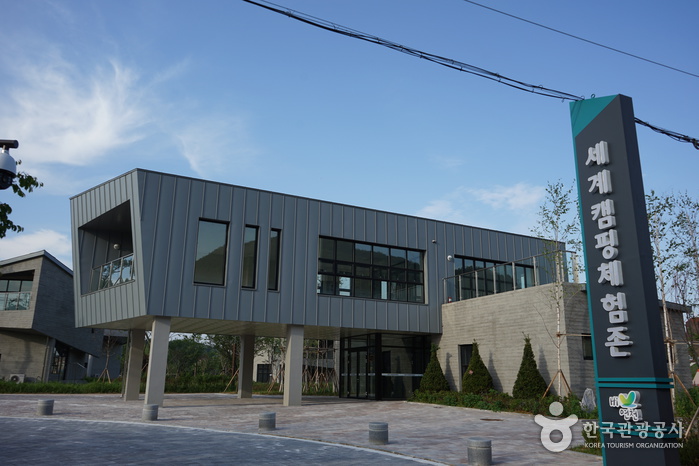

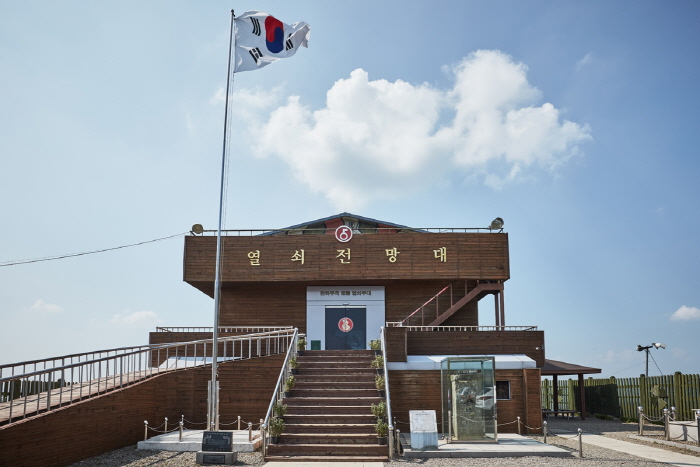

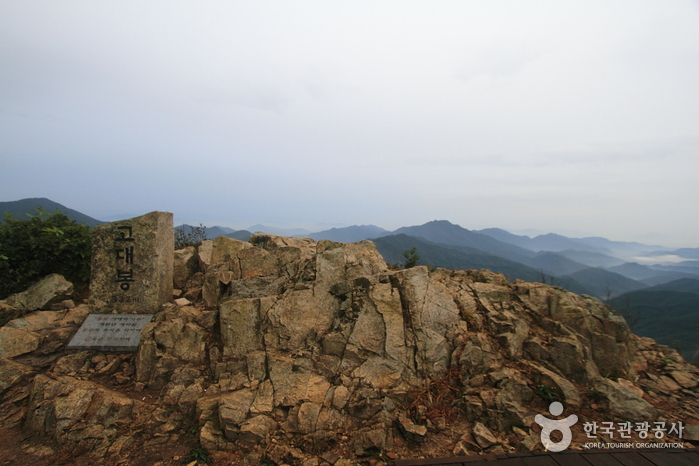
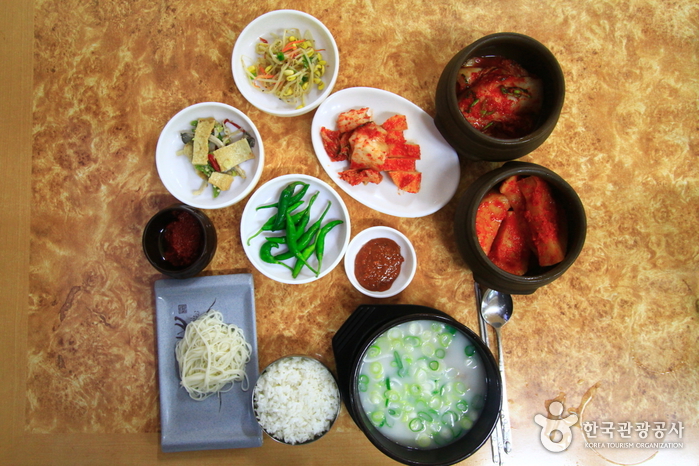
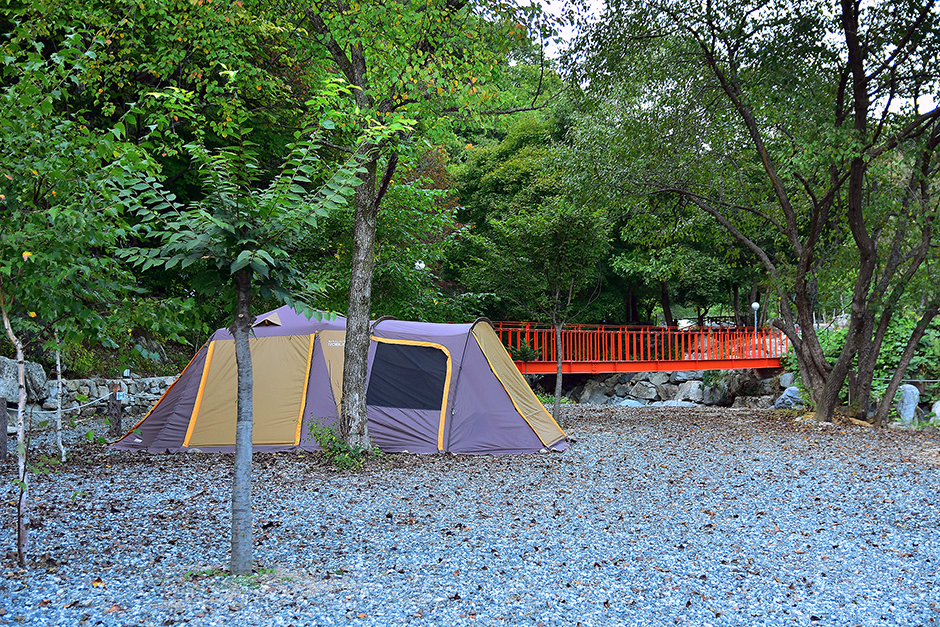
 English
English
 한국어
한국어 日本語
日本語 中文(简体)
中文(简体) Deutsch
Deutsch Français
Français Español
Español Русский
Русский